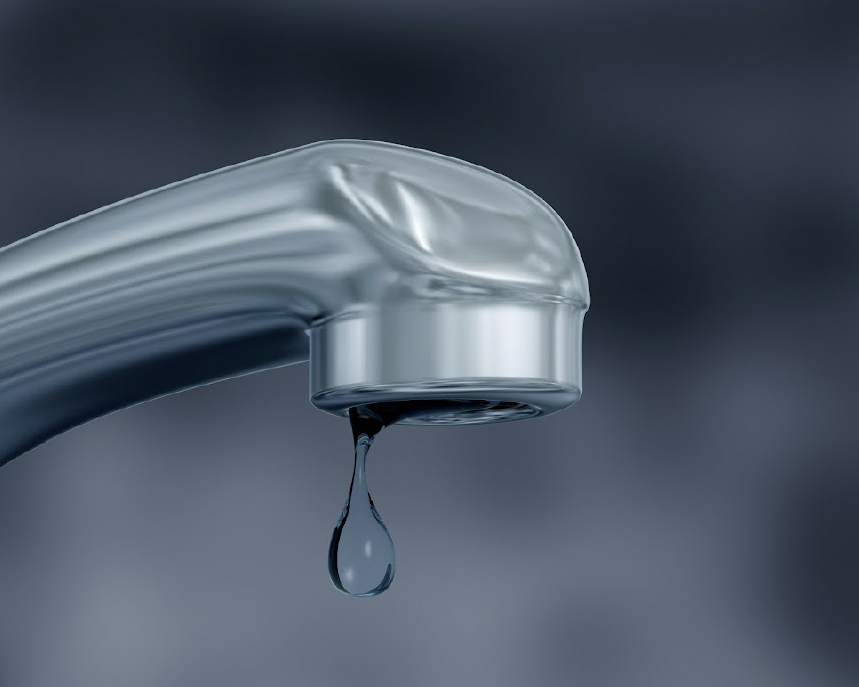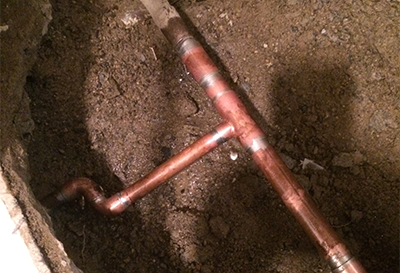Detect Concealed Water Line Leaks: Six Clever Detection Tricks
Detect Concealed Water Line Leaks: Six Clever Detection Tricks
Blog Article
The content which follows relating to Detecting hidden plumbing leaks is totally attention-grabbing. Read it yourself and see what you think of it.

Early detection of leaking water lines can mitigate a possible catastrophe. In addition to saving you money, it will certainly lessen the irritation and disappointment. The moment you discover a leak, calling your plumber for fixings is the very best option. Some tiny water leakages might not be visible. Right here are some hacks that assist if you can not spot it with your nude eyes.
1. Examine the Water Meter
Every residence has a water meter. Examining it is a surefire way that helps you discover leakages. For starters, turn off all the water resources. Make certain no one will certainly purge, utilize the tap, shower, run the cleaning maker or dish washer. From there, most likely to the meter and also watch if it will certainly alter. Because no one is utilizing it, there must be no movements. If it moves, that suggests a fast-moving leakage. Similarly, if you find no changes, wait an hour or two and also examine back once again. This suggests you might have a slow leak that can also be underground.
2. Examine Water Intake
Analyze your water bills and track your water usage. As the one paying it, you must observe if there are any kind of disparities. If you detect sudden changes, regardless of your intake coinciding, it indicates that you have leakages in your plumbing system. Keep in mind, your water bill must drop under the exact same array each month. An abrupt spike in your expense indicates a fast-moving leak.
Meanwhile, a constant boost on a monthly basis, despite the very same practices, shows you have a slow leak that's additionally gradually escalating. Call a plumber to thoroughly examine your residential property, specifically if you really feel a warm location on your floor with piping beneath.
3. Do a Food Coloring Examination
When it comes to water consumption, 30% comes from commodes. If the shade somehow infiltrates your bowl during that time without flushing, there's a leak between the tank and also bowl.
4. Asses Exterior Lines
Do not neglect to examine your exterior water lines too. Test faucets by connecting a yard hose. Ought to water permeate out of the link, you have a loose rubber gasket. Replace this as well as make certain all links are limited. It will help get it skillfully took a look at and maintained yearly if you've got a lawn sprinkler system. One little leakage can lose tons of water as well as surge your water bill.
5. Inspect as well as Analyze the Circumstance
Home owners must make it a habit to inspect under the sink counters and also also inside cupboards for any bad odor or mold and mildew development. These two warnings indicate a leakage so timely focus is called for. Doing routine inspections, even bi-annually, can conserve you from a significant trouble.
If you recognize your home is already old, keep a careful eye on your heating systems, pipes, pipelines and so on. Check for discolorations as well as deteriorating as the majority of devices and pipelines have a life expectancy. They will additionally naturally degrade because of tear as well as use. If you presume dripping water lines in your plumbing system, do not wait for it to rise. Call a professional plumber as soon as possible so you do not end up with an awful mess in your home.
Early detection of leaking water lines can mitigate a potential disaster. Some little water leakages may not be visible. Checking it is a guaranteed method that assists you discover leakages. One little leakage can lose heaps of water as well as surge your water bill.
If you believe leaking water lines in your plumbing system, don't wait for it to rise.
WARNING SIGNS OF WATER LEAKAGE BEHIND THE WALL
PERSISTENT MUSTY ODORS
As water slowly drips from a leaky pipe inside the wall, flooring and sheetrock stay damp and develop an odor similar to wet cardboard. It generates a musty smell that can help you find hidden leaks.
MOLD IN UNUSUAL AREAS
Mold usually grows in wet areas like kitchens, baths and laundry rooms. If you spot the stuff on walls or baseboards in other rooms of the house, it’s a good indicator of undetected water leaks.
STAINS THAT GROW
When mold thrives around a leaky pipe, it sometimes takes hold on the inside surface of the affected wall. A growing stain on otherwise clean sheetrock is often your sign of a hidden plumbing problem.
PEELING OR BUBBLING WALLPAPER / PAINT
This clue is easy to miss in rooms that don’t get much use. When you see wallpaper separating along seams or paint bubbling or flaking off the wall, blame sheetrock that stays wet because of an undetected leak.
BUCKLED CEILINGS AND STAINED FLOORS
If ceilings or floors in bathrooms, kitchens or laundry areas develop structural problems, don’t rule out constant damp inside the walls. Wet sheetrock can affect adjacent framing, flooring and ceilings.
https://www.servicemasterbyzaba.com/blog/how-to-detect-water-leakage-in-walls/

I am just very interested in Finding hidden leaks and I hope you enjoyed reading the new blog posting. Sharing is nice. Helping others is fun. Thank you for taking the time to read it.
Request An Estimate Report this page